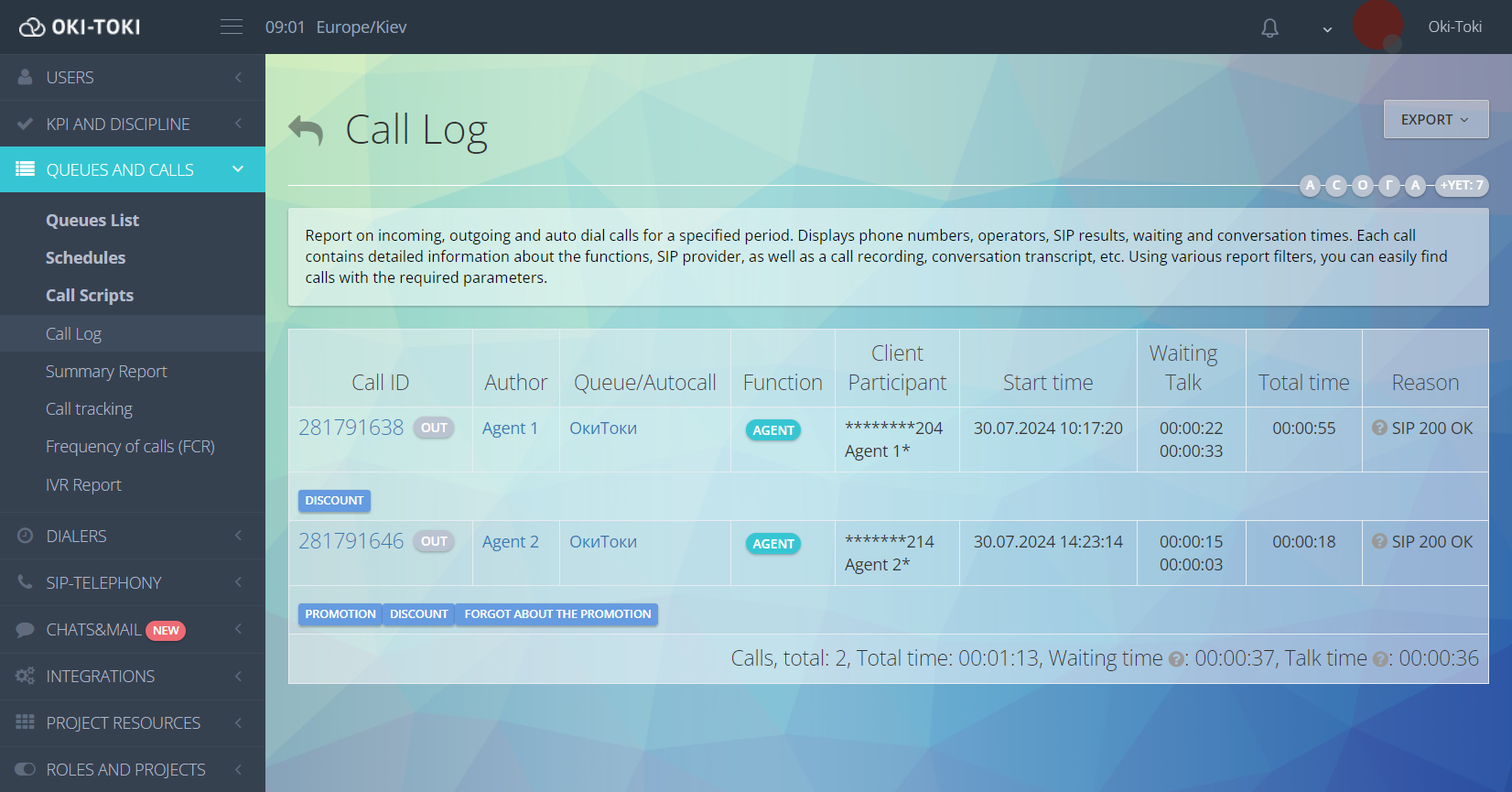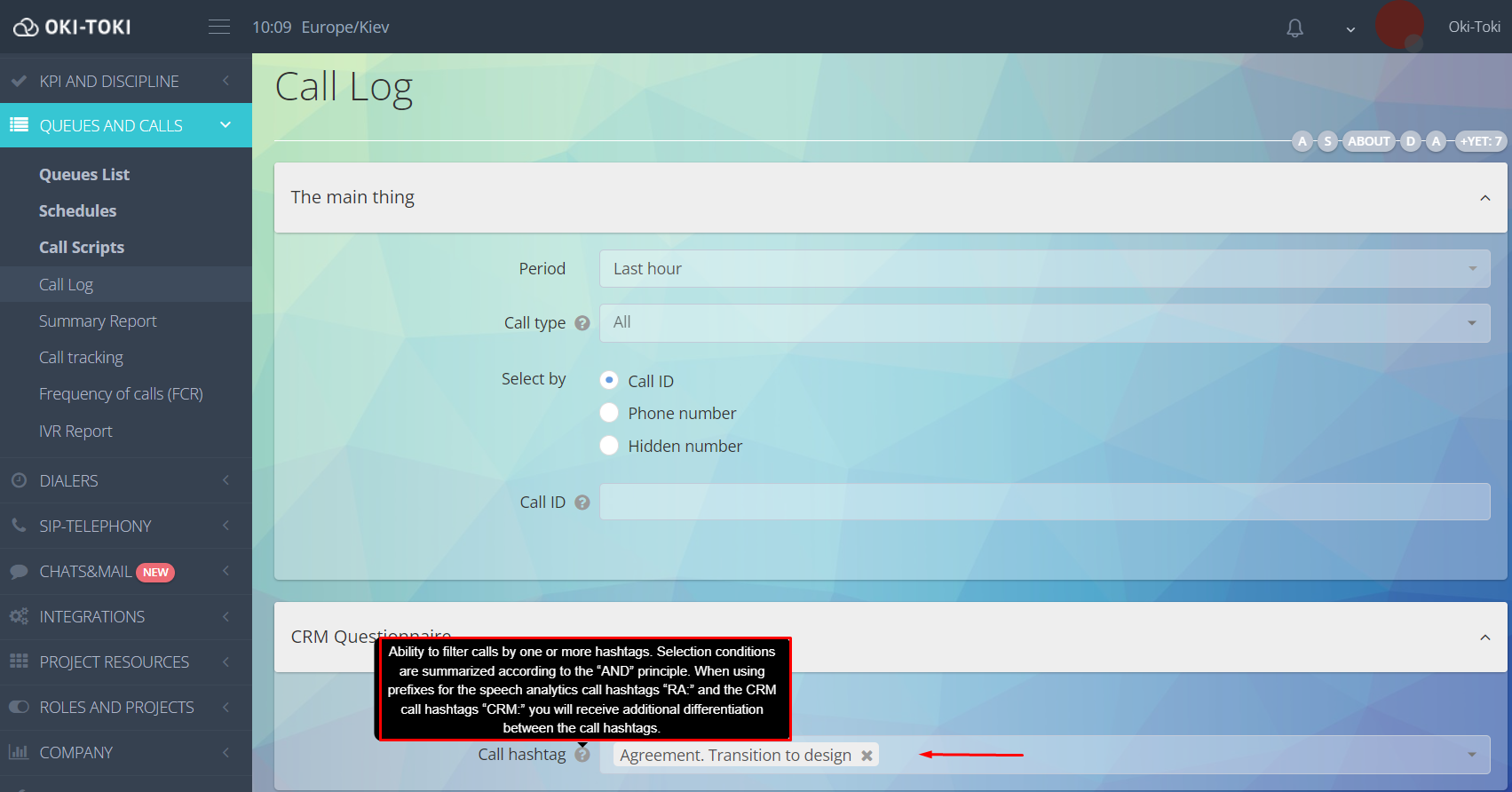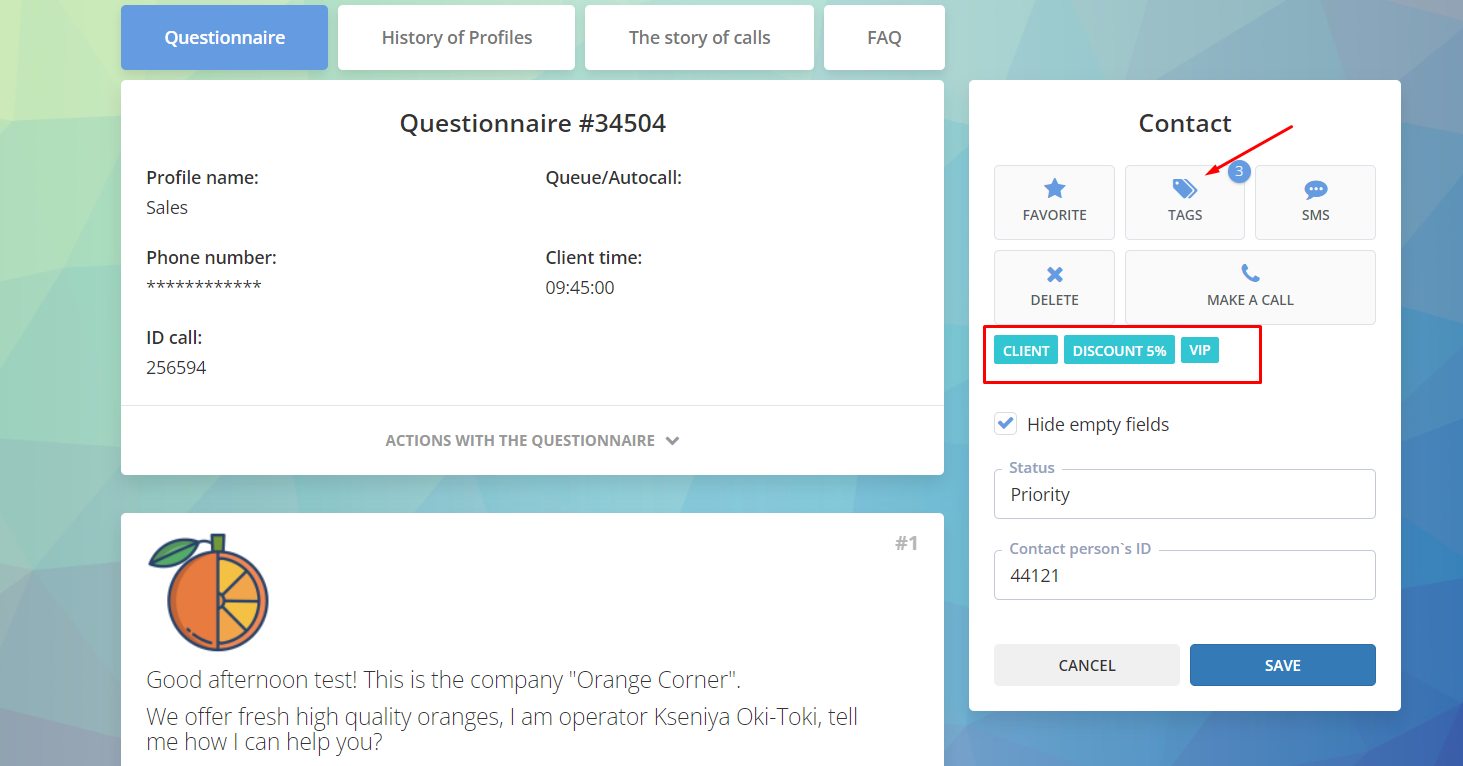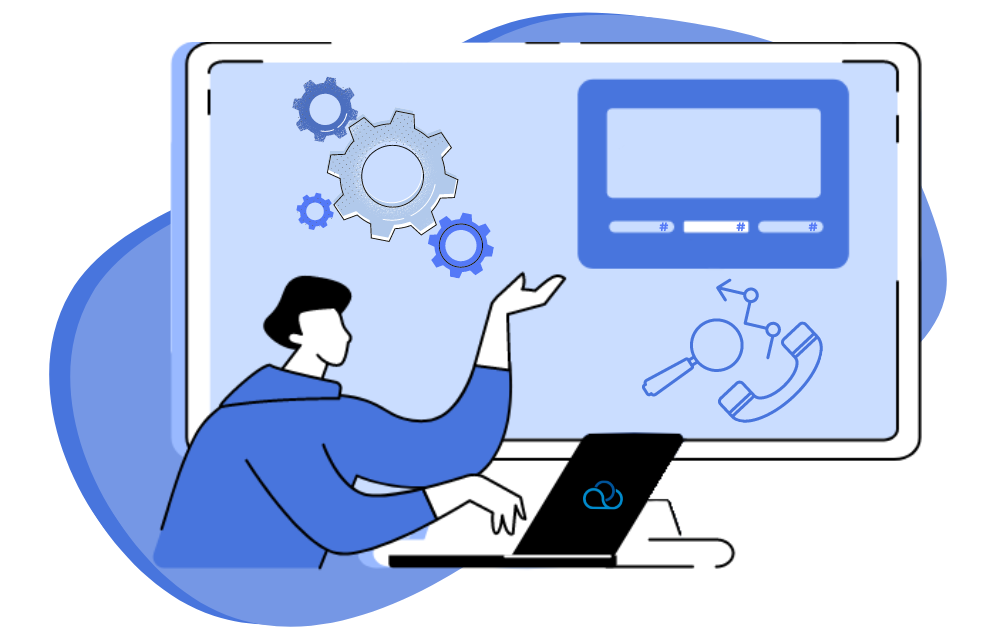What is call tagging?
Call Tagging is the process of attaching special labels to conversations. This feature allows for a quick assessment of the call’s nature, its importance, and previous interactions with the customer.
Where call tags are applied
Tags are a useful tool that can be applied in different areas. Let’s consider several use cases:
- Sales: call centers use speech analytics, which is built on trapping words or phrases from customers. When the system detects key words, such as “Purchase” or “Promotion”, a tag is automatically attached to the calls. This helps set up targeted marketing by analyzing customer demand for a product or service.
- Call tagging in call tracking (for in-house call centers): when receiving incoming calls, tags can be used to track the source of the call. For example, if a client dialed a number from a banner on the website, the system would assign the call a “site” tag. This approach helps determine from which sources there are more calls. Tags can be used to distribute calls among agents or departments, for example, by adding labels “Sales Department” or “Technical Support”. Demand for goods can be monitored by tagging successful deals with the name of the purchased product. Tagging incoming calls allows for a quick assessment of calls, learning their sources, and better resource allocation.
- Quota Sampling: allows tracking of quota fulfillment across different parameters reflecting various audience segments. This could be age, location, or customer interests. For example, for surveys of customers aged 25-35 years from a certain city, calls can be tagged with corresponding labels. This method ensures accuracy and correctness of the sampling for analysis, simplifying monitoring data collection.
Types of tagging in Oki-Toki
In the Oki-Toki service, there is a convenient feature for marking calls with special labels or tags. This can be done in two ways: the system automatically assigns tags based on predefined rules or agents manually add them during a conversation with a client.
Automatic tagging
In Oki-Toki, calls can be automatically tagged through Speech Analytics and CRM call hashtags.
- Tagging using the speech analytics function
To configure speech analytics call hashtags in Oki-Toki, go to the “KPI and Discipline” section and select Speech Analytics. Create your rule with keywords or phrases that an agent might use in conversation or those that are prohibited in dialogue.

When creating a rule, choose the parameter “call hashtag”. After assigning rules of speech analytics to queues and dialers, the system will automatically assign this hashtag in the Call Journal. You can come up with the hashtag text yourself or choose from a list.You can read more about setting up speech analytics rules in the article on the blog.
- Using CRM call hashtags
These are key words or labels that you can assign to easily organize and classify information about customers or their requests. During a call, the agent just needs to select the answer to which a call hashtag is attached or manually enter the answer in the questionnaire field. To add a hashtag to your questionnaire, go to the CRM section. Open the required questionnaire and enter the response settings. In the Operplace section, specify the required call hashtag for that answer. You define the content yourself, depending on the needs and direction of the call center’s work.

When the agent chooses an answer during a conversation with a client, the pre-set hashtag will automatically be attached to the call. Call hashtags are successfully used by OCCs or supervisors for evaluating agent calls. Evaluation of dialogs is conducted using questionnaires according to audit plans. The call hashtag set in speech analytics is displayed in the questionnaire and prompts the auditor for a more detailed review of the dialogue. The hashtag gives a visual understanding of how the agent conducted the conversation.

Important! Call hashtags during call evaluations can be used both to identify shortcomings and to award bonuses to agents.
Manual tagging
Manual call tagging can always be used, which is when an agent adds special labels to the call. For example, they can mark a call as “Success” for successful dialogs or “Rejection” if the client is not interested in the offer.
To manually set a tag, the agent just needs to select a tag from the list or add their own version. This can be done either during the conversation with the client or after, when filling out the questionnaire during the PSP status.

For repeat calls, the questionnaire will already contain the tag set by the operator, which is useful for working with returning customers.

To correctly use manual call tagging, define labels and rules for their application by agents in different situations.
Call hashtags in the call journal
A call hashtag is created for classifying and analyzing calls. For example, to view only calls where the client left a request, and using a hashtag, you can select such conversations. When compiling the Call Journal, choose the additional CRM filter parameter – call hashtag.

By applying the filter, only calls with the selected hashtag will be displayed in the Call Journal. You can choose either one or a multitude of hashtags at the same time, which are combined by the principle of “And”.

The Summary Report on Calls can also apply a filter by hashtags.Note that the Summary Report will not contain the name of the hashtag selected in the filter; it will simply gather calls where it was used.
Important! The list of call hashtags is unified for speech analytics and CRM.
For easier classification when setting call hashtags in speech analytics and CRM, we recommend using prefixes “SA” for speech analytics and “CRM” for questionnaires. This will simplify understanding which hashtag was triggered.UPD: Tagging conversations simplifies analysis of communications with customers and helps structure the large volume of calls received in the call center. With the Oki-Toki service, you can easily add this functionality to your call center and tag calls with the necessary hashtags. This will help identify strengths and weaknesses in customer service and, ultimately, be used to improve business processes.

